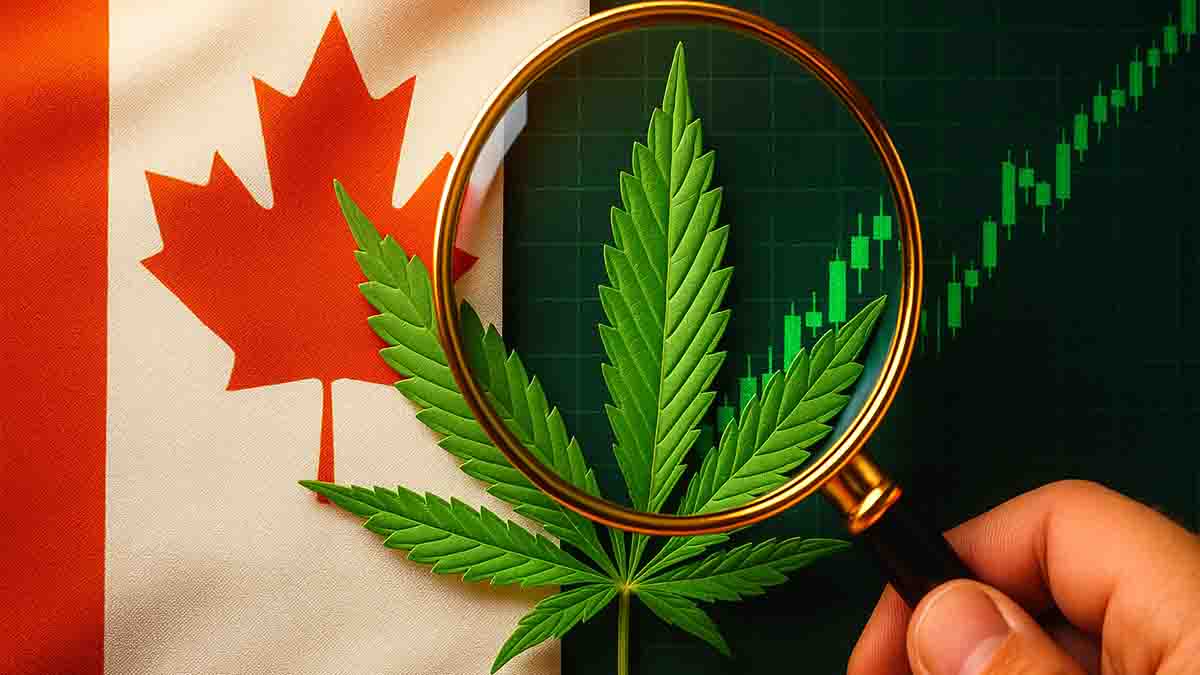Olympic swimmer Michael Phelps is a household name, but in 2009 the “son of Poseidon” was making headlines for an entirely different reason. A British tabloid printed a photo of Phelps appearing to be smoking marijuana from a bong at the University of South Carolina. This scandal emerged mere months after his exhilarating victory at the Beijing Olympics, in which he won eight gold medals, and resulted in a three-month-long suspension for Phelps. Controversies aside, marijuana can actually help athletes.
This is not an isolated incident. Ross Rebagliati of Canada was stripped of the snowboarding gold medal in 1998 after his urine tested positive for tetrahydrocannabinol, or THC. This is the part of marijuana that gets users high. Though he appealed and was later given back his medal, the stigma remained. In recent years, the culture surrounding marijuana has undergone a dramatic change. People typically don’t bat an eyelash to marijuana usage and while it is still officially prohibited for Olympians, studies have shown that the drug does have certain benefits for training athletes. The World Anti-Doping Agency (WADA) says athletes must have less than 150 nanograms per millimeter of carboxy-THC in their urine, common workplace drug tests cap their limits between 15 ng/mL to 100 ng/mL. While the discussion of whether marijuana can be considered a performance-enhancing drug is one for debate, the science behind it is clear. Because scientists have turned to marijuana to help people suffering from cancer and epilepsy, among other conditions, they have also been able to further delve into the hemp plant and explore its effects on the body.
Marijuana is already being prescribed to patients in states where its medicinal use has been legalized as a painkiller and anti-inflammatory. These benefits of cannabidiol, or CBD, are clear for athletes whose tired muscles come back aching and swollen from spending 30-40 hours a week in the gym. CBD is the nonintoxicating part of marijuana. It is being broadly hailed in recent years for it healing properties. Using marijuana can decrease recovery time and get athletes in the gym quicker and for longer. When working out, athletes create tiny tears in their muscles that lead to soreness. The tears are repaired over time which increases muscle mass and strength. By reducing this feeling of soreness, athletes feel better when getting back into the gym and perform better. And because WADA ended its ban of CBD in 2017, many of these athletes are able to take advantage of the drug’s effects. WADA warns athletes to use CBD sparingly because consuming too much of it could cause there to be an increase in THC in their urine. Additionally, CBD extracted directly from the hemp plant could contain different levels of THC. If not monitored, athletes could accidentally go over the allowed THC limit, which would result in a positive drug test and their suspension or expulsion from the Olympics and other consequences.
Smoking is not the only way for athletes to get CBD into their systems and reap the rewards of this controversial drug. Because people have begun exploring the hemp plant more, there are various ways to consume it. People have pioneered hemp skin care products, baked goods, beverages, oils, vitamins, and so on and so forth. The endocannabinoid receptors are present throughout the body and are susceptible to any of these products. CBD’s properties have mental benefits for athletes as well as the physical. They can help calm anxious athletes before an important match or performance and help them focus and get into the frame of mind necessary to win. Many marathon runners are even coming out to admit that marijuana has helped them keep up endurance. In a world where athletes are expected to perform at superhuman rates, it is important to be aware of all the options open to them.
Photo Credit: Perre-Philippe Marcou/AFP/Getty
MAPH Enterprises, LLC | (305) 414-0128 | 1501 Venera Ave, Coral Gables, FL 33146 | new@marijuanastocks.com










